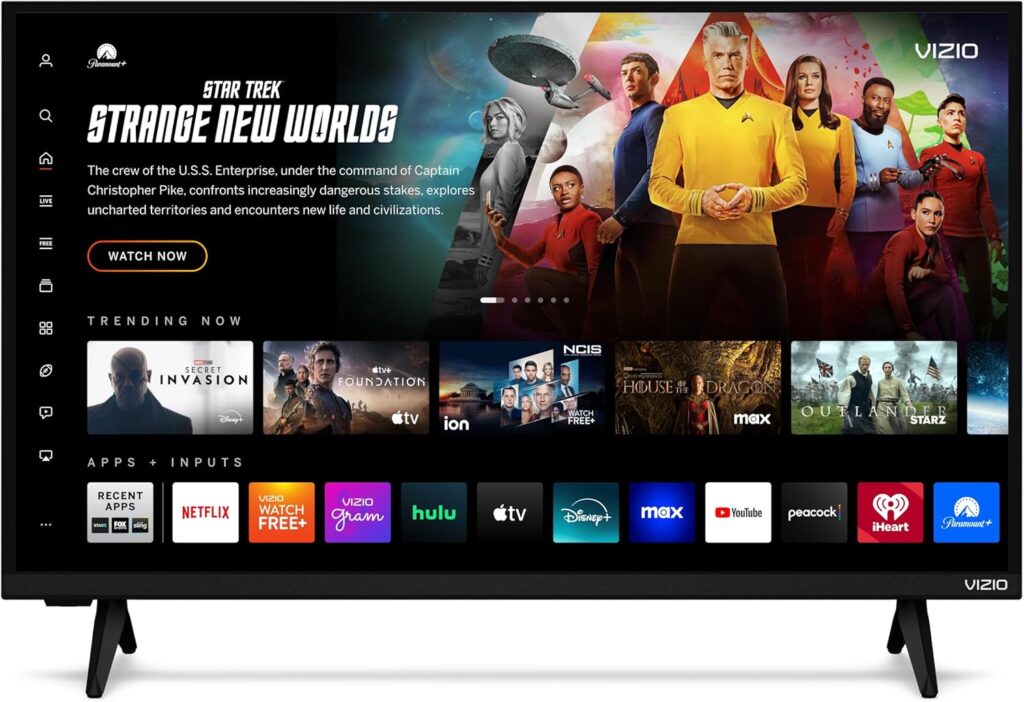Smart TVs have revolutionized the way we consume media, offering an all-in-one entertainment hub that combines streaming services, internet browsing, voice control, and home automation integration. As someone deeply invested in smart home gadgets, I’ve had extensive experience testing and using various smart TV models over the years. In this guide, I’ll share my insights, from what to look for in a smart TV to real-world experiences with different brands and technologies.
What is a Smart TV?
Definition of a Smart TV
A smart TV is a television with built-in internet connectivity, allowing users to stream online content, access apps, and even control smart home devices. Unlike traditional TVs, smart TVs eliminate the need for external devices like streaming sticks or media players.
Evolution of Smart TVs
Smart TVs have evolved from basic internet-connected models to AI-powered entertainment centers. Early models had limited app availability, but today’s smart TVs come with sophisticated operating systems, voice assistants, and advanced connectivity options.
My First Experience with a Smart TV
I first dabbled in smart TVs with a 2012 Samsung model. While it was a game-changer at the time, the limited processing power and clunky interface made it a frustrating experience. Over the years, I’ve tested everything from budget-friendly models to high-end OLEDs, and the difference in usability is astounding.
I remember setting up my first smart TV and being excited about the idea of streaming YouTube videos directly on the big screen. However, the slow navigation and lack of major apps made it feel more like a novelty than a necessity. Today, with features like AI-based upscaling, fast refresh rates, and intuitive interfaces, smart TVs have become an indispensable part of my home entertainment setup.
Key Features to Look for in a Smart TV
Operating System
A smart TV’s operating system (OS) plays a crucial role in determining the user experience. Here’s an overview of popular OS options:
- WebOS (LG): A web-centric, Linux-based operating system powering LG Smart TVs, offering a user-friendly experience with features like personalized content recommendations, a wide app selection, and voice control through the Magic Remote.
- Tizen (Samsung): A Linux-based operating system primarily developed by Samsung Electronics, used as the platform for their Smart TVs and other devices, offering a streamlined user experience with a focus on simplicity and ease of navigation.
- Android TV (Sony, TCL, Hisense): Offers access to the Google Play Store, making it one of the most app-rich platforms.
- Roku TV: Best for simplicity and ease of use, ideal for non-tech-savvy users.
- Fire TV (Amazon): Deeply integrated with Alexa, making it an excellent choice for Amazon ecosystem users.
Display Technologies Explained
- OLED (Organic Light-Emitting Diode): Offers self-lit pixels, deep blacks, and infinite contrast. Perfect for movie lovers.
- QLED (Quantum Dot LED): Uses quantum dots for enhanced brightness and color accuracy. Ideal for bright rooms.
- Mini-LED: A step up from QLED, offering improved contrast and brightness.
- MicroLED: Future technology that aims to combine OLED’s picture quality with LCD’s brightness and longevity.
- 4K vs. 8K: While 8K is the future, native content is still limited. 4K remains the best option for most users today.
Audio Quality Matters
- Built-in Speakers: Often underwhelming, even on premium TVs.
- Dolby Atmos and DTS:X: Advanced audio formats that create a 3D soundscape.
- External Sound Systems: Soundbars and home theater systems can dramatically improve the audio experience.
Smart Features and Connectivity
- Voice Assistants: Alexa, Google Assistant, and Siri integration for hands-free control.
- Smart Home Integration: Control smart lights, thermostats, and security cameras via your TV.
- HDMI 2.1: Essential for next-gen gaming with 4K at 120Hz support.
- WiFi 6 and Ethernet Support: Faster connections for buffer-free streaming.
My Hands-On Experience with These Features
From testing multiple smart TVs, I’ve found that while OLED delivers the best picture quality, budget-conscious buyers can still get excellent performance from high-end QLEDs. Sound quality often needs improvement, so I always recommend pairing your TV with a good soundbar. The responsiveness of an OS can make or break the experience, with Android TV sometimes feeling sluggish compared to WebOS or Tizen.
Best Smart TV Brands and Models
LG
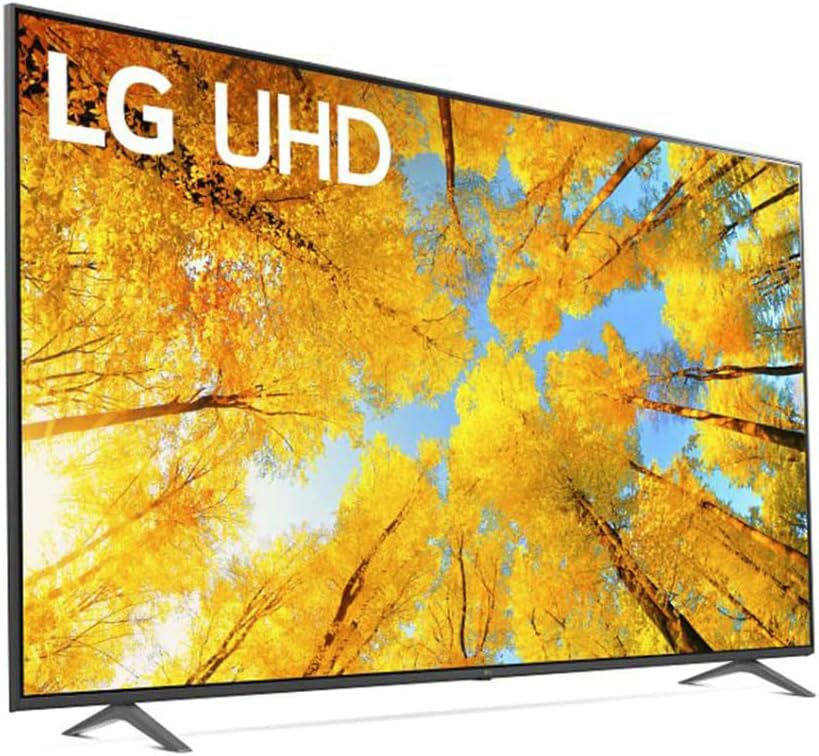
- Best for OLED models.
- WebOS provides a smooth user experience.
- My experience with the LG C1 vs. C2: While both are excellent, the C2’s improved brightness makes it better for well-lit rooms.
Samsung
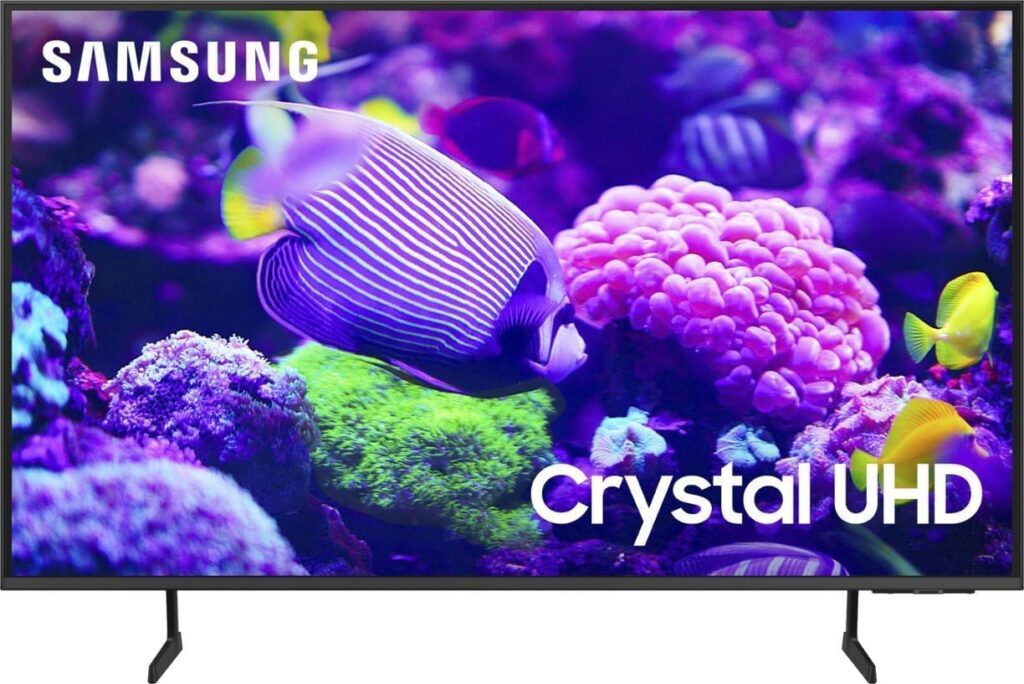
- QLED and Neo QLED lineup: Excellent for vibrant colors and brightness.
- Tizen OS: Responsive but slightly limited in app availability.
- My hands-on experience with the Samsung Frame: An innovative lifestyle TV that doubles as wall art.
Sony
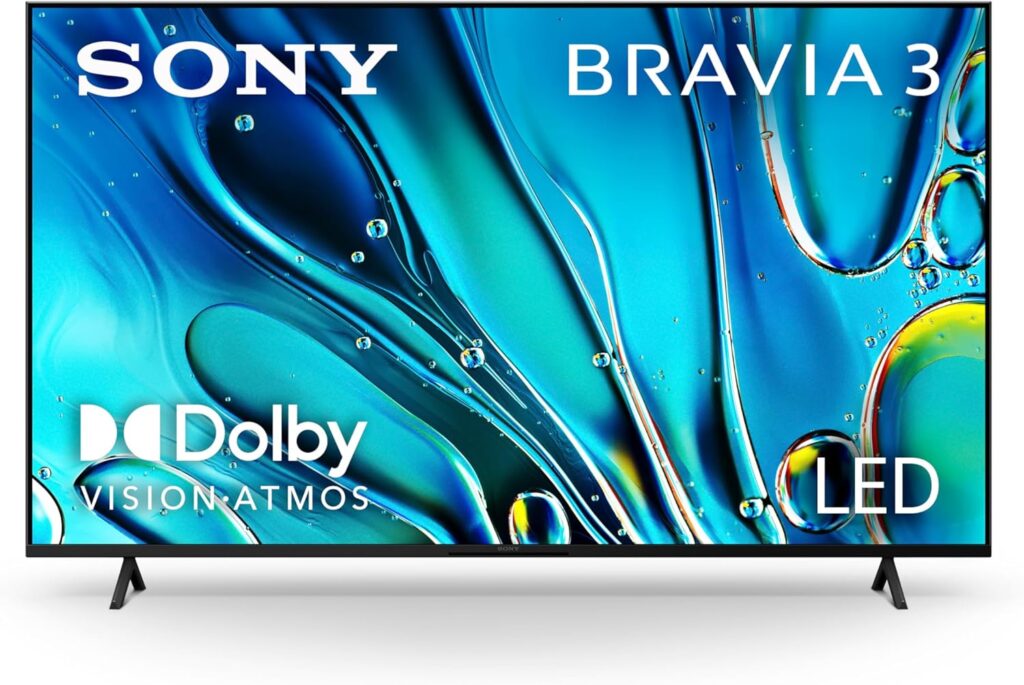
- Best for picture accuracy due to superior image processing.
- Bravia XR processor delivers stunning clarity.
- My thoughts on Sony’s Android TV: More versatile but occasionally slower compared to Tizen and WebOS.
TCL and Hisense

- Budget-friendly options that deliver surprisingly good performance.
- My review of the TCL 6-Series: Fantastic value with local dimming and great HDR performance.
- Hisense ULED Series: Impressive performance for the price, with premium features at an affordable cost.
Vizio
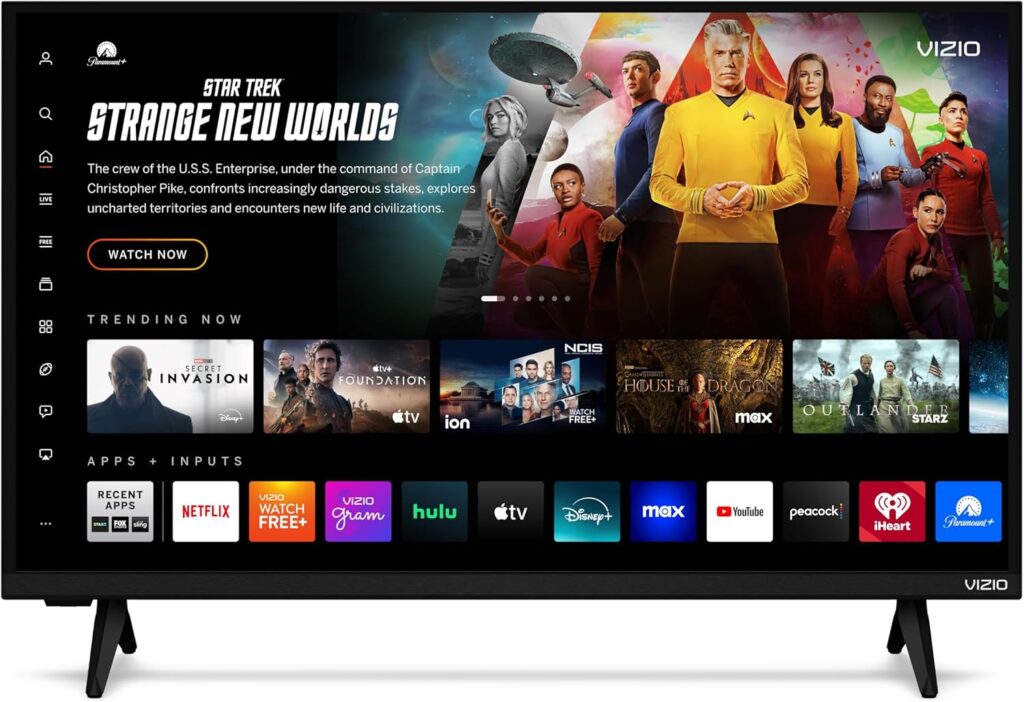
- Affordable OLED alternatives.
- SmartCast interface: Decent, but not as polished as WebOS or Tizen.
- P-Series Quantum: Strong competitor in the mid-range category with excellent HDR and brightness.
Panasonic
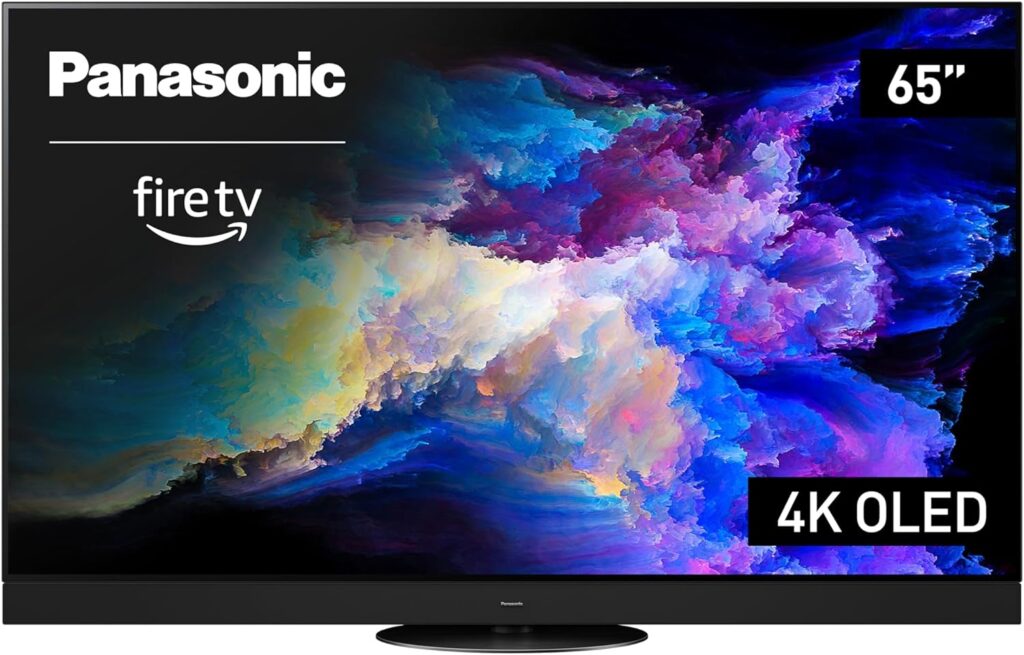
- Best for cinematic experience.
- Master OLED technology offers industry-leading color accuracy.
- HCX Pro AI Processor ensures deep blacks and precise image adjustments.
Philips
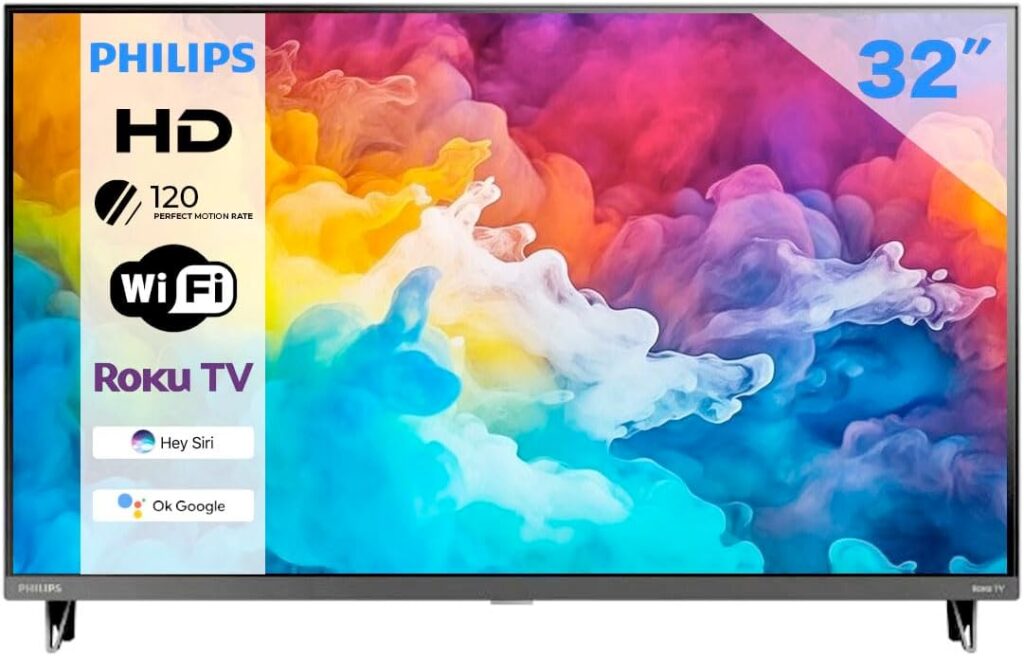
- Ambilight technology: Creates an immersive backlighting effect that enhances the viewing experience.
- P5 Picture Engine: Delivers sharper images with better contrast and motion handling.
- My take: Philips Ambilight TVs stand out for their unique design and integration with home ambiance lighting.
Sharp
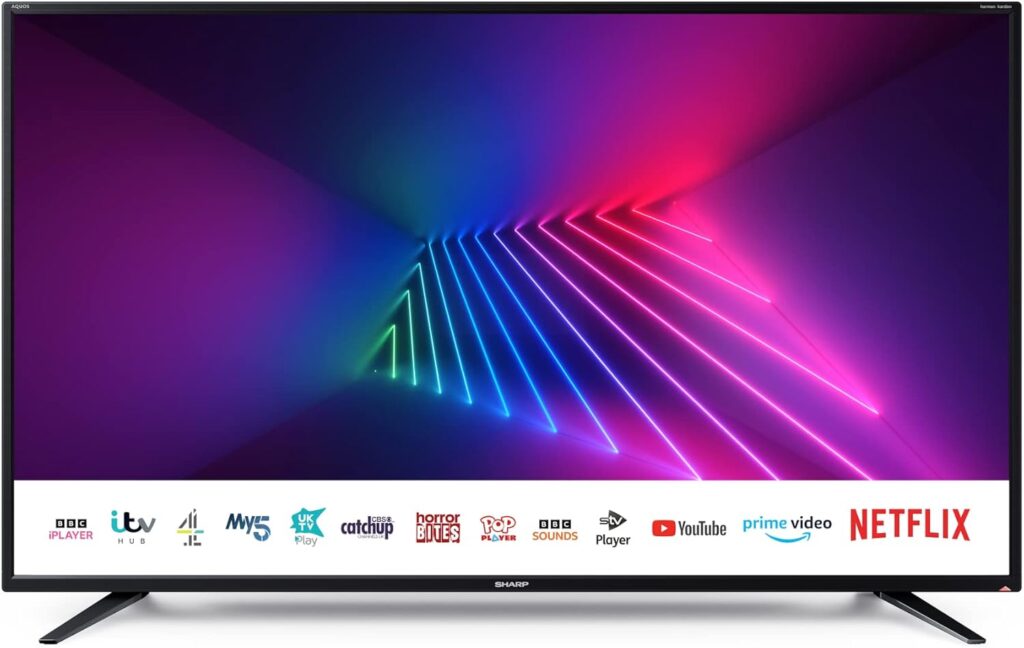
- Aquos series: Known for affordability and solid color performance.
- Android TV integration makes it a great option for app accessibility.
Troubleshooting Common Smart TV Issues
Connectivity Problems
If your smart TV is having trouble connecting to the internet, start by checking your Wi-Fi network. Ensure that your TV is within range of your router and that there are no obstructions. Restarting your router and TV can also help resolve connectivity issues.
App Crashes
If an app on your smart TV keeps crashing, try uninstalling and reinstalling it. Make sure your TV’s software is up to date, as updates often include bug fixes for app issues.
Remote Control Issues
If your remote control isn’t working, check the batteries first. If that doesn’t solve the problem, try resetting the remote by removing the batteries and pressing all the buttons for a few seconds. Reinsert the batteries and see if it works. If not, you might need to replace the remote.
Picture Quality Problems
If you’re not satisfied with the picture quality of your smart TV, start by adjusting the picture settings. Most TVs come with preset picture modes like Standard, Movie, and Sports. Experiment with these settings to find the one that suits your preferences. You can also manually adjust settings like brightness, contrast, and color.
Future of Smart TVs
The future of Smart TVs looks incredibly promising. With advancements in technology, we can expect even more integration with smart home devices, improved picture quality, and more user-friendly interfaces. Artificial intelligence and machine learning will likely play a significant role in enhancing the smart TV experience, providing more personalized content recommendations and improved voice control features.
Conclusion
Smart TVs are no longer just entertainment devices; they are integral parts of modern smart homes. Through my personal experience in testing, installing, and optimizing these devices, I’ve gained valuable insights into what makes a great smart TV. Whether you’re looking for a budget-friendly option or a premium home theater experience, this guide provides all the information you need to make an informed choice.
For more insights and reviews on smart home gadgets, be sure to check out my website, AutoHomeGadgets.com, where I share my firsthand experiences and recommendations for the best smart technology on the market.

SAMMY MWANGI the editor of Autohomegadgets.com. He is an Electronics Technician enthusiast and a Sales Manager in one of the leading ICT companies in Africa. When he is not working, he loves to travel and explore nature. He is a Robot fanatic too.


